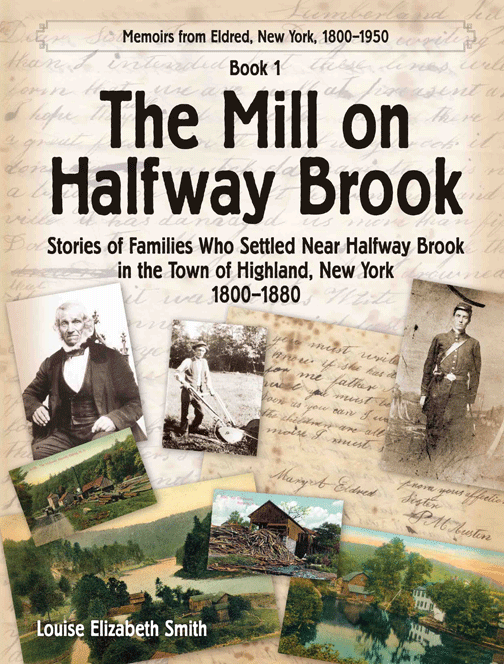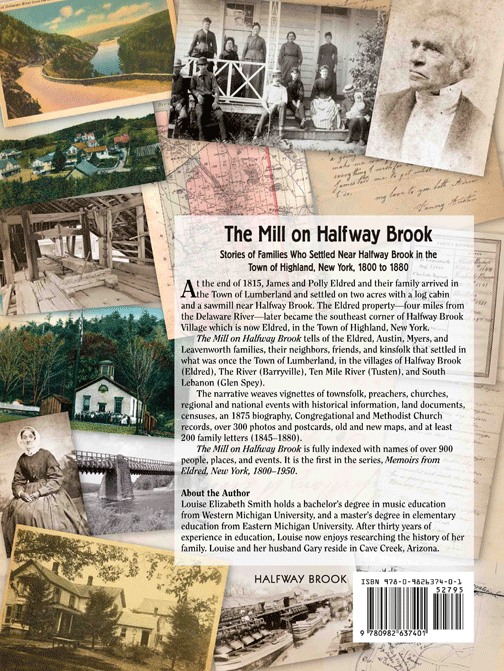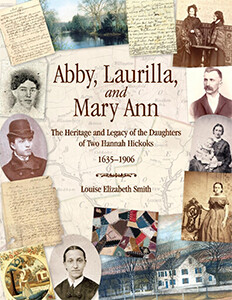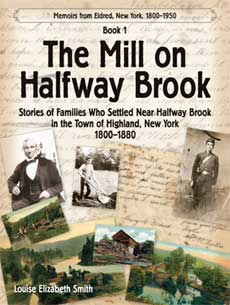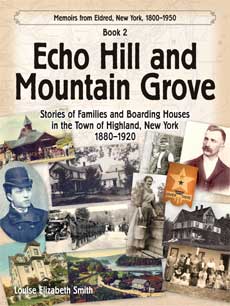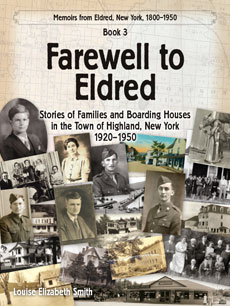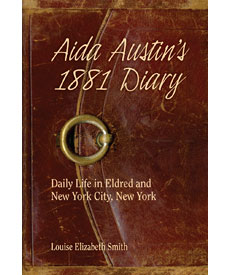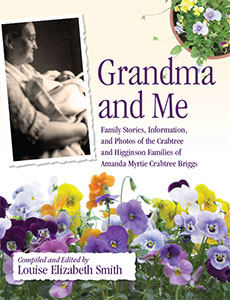It was the beginning of December 1815. A lone log house and sawmill stood silently on almost two acres of cleared land near the middle of Halfway Brook, in the Town of Lumberland, New York. There were no other buildings around for a mile in any direction.
So starts Chapter One in The Mill on Halfway Brook.
There are many Halfway Brooks. The Halfway Brook of The Mill on Halfway Brook flows through the Town of Highland, New York on its way to the Delaware River. The Mongaup River (and Town of Lumberland border) to the east and the Ten Mile River to the west, also flow into the Delaware River.
Halfway Brook not far from where the old mill probably
stood. Photo courtesy of my cousin Cynthia.


